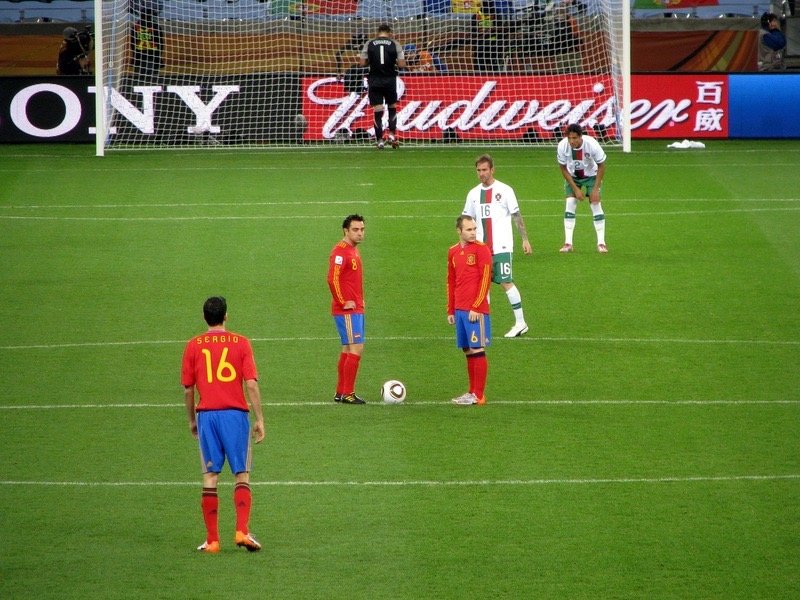
As soccer legends reach the twilight years of their career, it becomes increasingly common for them to move from a high-intensity top European division to one of the leagues designated for such players. Be it the MLS in the USA or the Super Lig in Turkey. Plenty of players have made the move over, although one league that has become popular in recent years has been the Japanese J League. Here are some of those players that have made the move over to go and play one of the best sports in an entirely new nation.
Over the last few years, a small contingent of European soccer legends and famous faces has developed at Japanese side Vissel Kobe, probably most famous for their burgundy and black home kit, as well as their shirt sponsor, Rakuten.
Former Barcelona legends and teammates David Villa and Andres Iniesta were both playing for Vissel Kobe at the same time and since then, two cult heroes of Arsenal made the move, albeit separately. Both Lukas Podolski and Thomas Vermaelen also ended up playing for Vissel Kobe, and the latter of the pair is still a regular member of their squad. After a relatively strong start, they are valued at +1000 to win the league in the soccer betting in a highly competitive division.
The likes of Poldi and Iniesta weren’t the first ones to make the move, though. 20 years prior, the Danish midfield wizard Michael Laudrup also wound up playing for Vissel Kobe, following successful stints at the likes of Juventus, Real Madrid and Barcelona. He would finish his career at Ajax following a departure from Japan in 1998.

The movement of Michael Laudrup all those years ago also presents the case that this moving of players to the J League isn’t something new. Other famous examples include the likes of Portuguese winger Paulo Futre to the Yokohama Flugels in 1998 and obviously the English poacher Gary Lineker to Nagoya Grampus Eight a couple of years earlier than Futre. The ties to English football don’t end with Gary Lineker as, rather famously, legendary manager Arsene Wenger actually managed Nagoya Grampus before moving to Arsenal in 1996. He intriguingly flew over to watch Lineker’s last game for the club before taking over the following season and leading the club to their best ever league finish and also a win in the Emperor’s Cup, whilst also rekindling his love for football management. 1996 would see him be poached by David Dein and move to Arsenal, where over the following 22 years Wenger would leave his true legacy on not only the English game but also soccer as a whole.
The Japanese division hasn’t only bestowed the world with some of the most interesting transfers of recognizable soccer legends, but has also, thanks largely to its inclusion within the FIFA series, seen its profile raised. There’s some quite interesting trivia that soccer fans have now found out as a result of the league’s addition such as that it contains the shortest player within the entire game, namely Hiroto Nakagawa who stands at 5ft 1” tall. The division also contains the world’s oldest goalscorer who, over his illustrious and rather lengthy playing career was only a handful of seasons away from playing with Pele. Kazuyoshi Miura, known colloquially as King Kazu, is the world’s oldest goalscorer having dispatched his last goal at the age of 50, and the fact he’s now 54 also means he is still the oldest professional footballer that’s currently active and still playing.

It’s highly likely that as more European talent makes the move over to Japan and other similar divisions that the standards of soccer will rise along with it. This has arguably already occurred in places such as the USA whose MLS has been made remarkably more competitive by both the sustained addition of new clubs and also the recruiting of legendary talent to increase the draw. There’s no reason why this won’t happen in Japan sometime soon.



